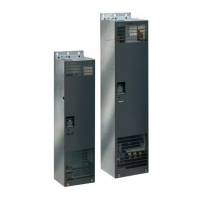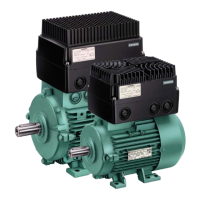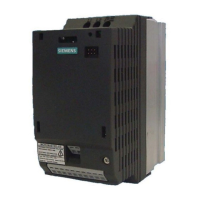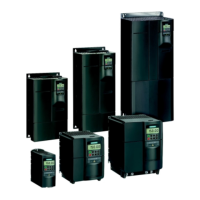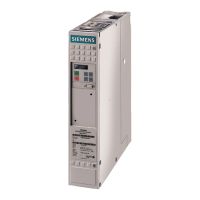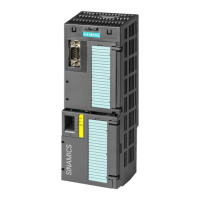&20081,&$7,216 ,QWHUQDWLRQDO(QJOLVK
MICROMASTER 420 Reference Manual
42 Issue A1
P Signal
N Signal
5 V
P+
N-
Figure 3-1 Typical RS485 Multidrop Interface
3.2.2 Troubleshooting with RS485
The following notes should help to understand hardware problems that occur with
RS485 systems and Siemens inverters.
RS485 is used extensively during the testing of the MICROMASTER 420 in
production, and is therefore fully tested before the unit is shipped.
Hardware problems with RS485 are often associated with reversed polarity. It is
essential that P+ and N- are correctly connected in all cases. On some earlier
products these were labelled A and B.
Termination resistors are recommended in industrial environments. A value of
120 Ω between the P + and N - inputs is recommended, and should be fitted to the
inverter furthest from the controller. Occasionally additional biasing resistors may
be placed between P+ and 24 V, N- and 0 V, but these are not usually necessary
as internal biasing resistors are fitted to units.
Always test an RS485 system in the most simple arrangement possible. For
example, use a controller with one inverter and use the default address and baud
rates.
Look at the bus with an oscilloscope. The inverter will always respond to a valid
message. This means that the inverter listens to the bus at all times, and will reply
to all messages with the correct identifier and Cyclic Redundancy Check (CRC).
The only exception is the broadcast message, which none of the inverters
answers.
Check the Inverter Address. All inverters on a bus MUST have different
addresses, even if they are in local control. The inverters will always reply to a
valid message, even if serial control is not enabled.
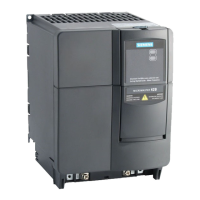
